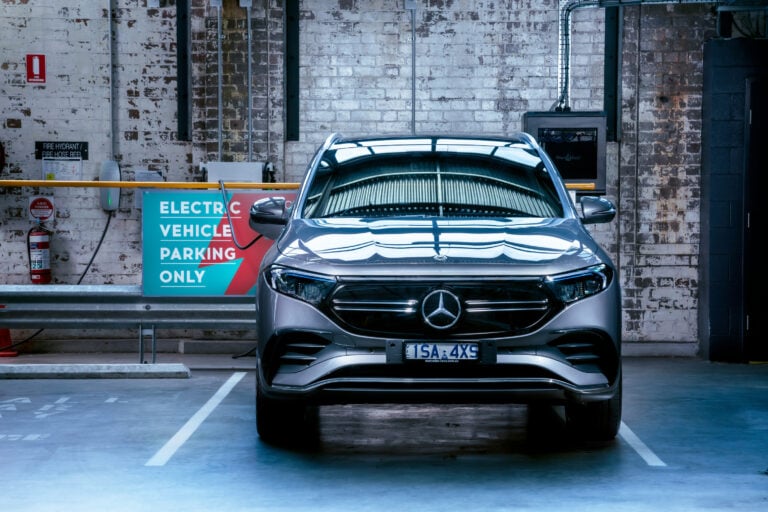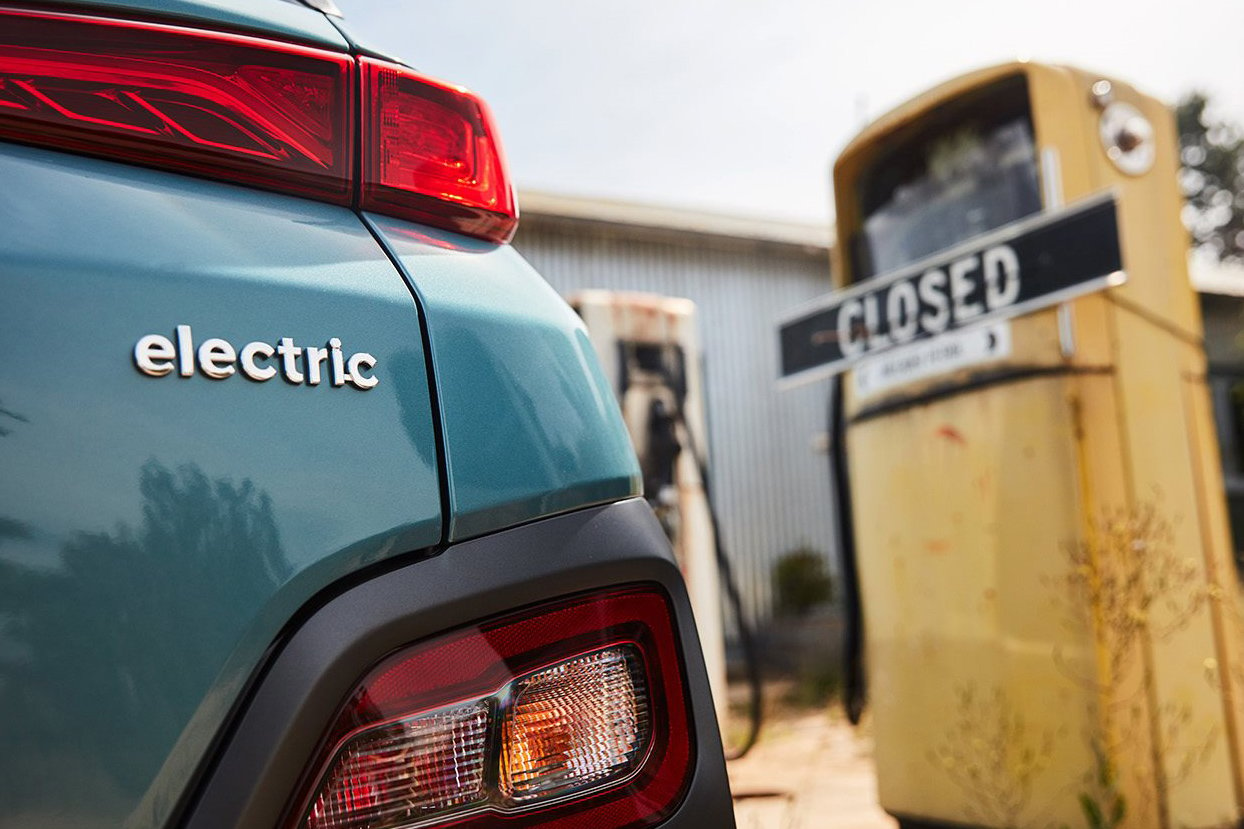A new report from the International Council on Clean Transportation (ICCT) has concluded that electric vehicles are not ‘dirtier’ than internal combustion-engined vehicles. The authors took a cradle-to-grave view of EV ownership to settle one of the more enduring elements of the opposition to electric motoring.
One of the well-trodden paths of EV resistance is the idea that electric cars are more damaging to the environment than conventional vehicles. This idea dates back to the last century, when early EVs used lead-acid batteries, and has persisted ever since. It’s the kind of thing that snowballs, never mind that no new EV uses that kind of battery.
There are two persistent objections to EVs. The first is the valid concern around the extraction and refinement of lithium in the production of battery packs, which is by necessity a dirty activity. Billions of dollars are being spent to find alternative materials for environmental and financial reasons.
The second concern cited by sceptics – understandably and perhaps rightly – is that EVs merely move the source of carbon pollution from the tailpipe to the smokestack at your nearest coal or gas-fired generator and therefore are no cleaner.
What’s new then?
The ICCT report examines the environmental impact of an electric vehicle over its entire service life.
The ICCT says it is “an independent, non-profit organisation founded to provide first-rate, unbiased research and technical and scientific analysis to environmental regulators. Our mission is to improve the environmental performance and energy efficiency of road, marine, and air transportation, in order to benefit public health and mitigate climate change.”
So it’s fairly ambitious but upfront about its goals.
This is a genuine problem, globally and locally. As I’ve previously written here, much of Australia’s electricity generation is carbon-intensive and EVs largely move the problem away while improving local air quality.
According to the Australian government’s own figures from 2019, 79 per cent of our electricity generation comes from conventional means. Coal makes up 56 percent, gas 21 percent and oil two percent. By global standards, that overall figure fits in with most industrialised economies, so the figures in the report are locally applicable.
The rest is made up of solar, pumped hydro and wind at various scales. According to an ANU paper, if the current rate of new solar and wind installations maintains its current rate of 10GW per year, Australia’s grid will be 50 percent renewable by 2025.

The ICCT report, labouring under the title, “A global comparison of the life-cycle greenhouse gas emissions of combustion engine and electric passenger cars”, examines the new vehicle markets in Europe, the United States, China, and India, which account for seventy percent of new car sales.
The methodology compares electric vehicles registered in 2021 and matches them with projections based on market changes over the next decade.
The report takes into account the current carbon intensiveness of electricity grids, different levels of electrification in vehicles, the fuels mix across these markets – and even the methane leakage from the production of hydrogen from natural gas.
The report benchmarks medium-sized cars sold in 2021 in these markets of all fuel types to compare the lifetime carbon outputs, including the creation of the vehicle itself and the power source.
Based on 2021 figures, the report found that the average medium-sized BEV’s emission are lower by almost two thirds in Europe and the US, nearly fifty percent in China and around thirty percent in India.
The report expects continuing decarbonisation of the grids in these markets, the gap will further widen by 2030.
The Union of Concerned Scientists found in 2015 that an EV created anywhere from 15 to 70 percent more carbon dioxide than an ICE vehicle during the manufacturing process, but made that back during its lifetime, so the ICCT report’s findings aren’t new in that fundamental sense. The report does put real numbers against a BEV’s lifetime CO2 benefit across five of the world’s biggest car markets.
Based on these figures, it’s important to acknowledge the point that electric vehicles are not carbon-free. As the old saying goes, you can’t make an omelette without breaking eggs. Manufacturing of any kind uses resources and EVs are no different. The ICCT report does, however, bust the myth that EVs are dirtier than ICE cars.
And with our grid as well as each of the markets examined by the ICCT committing to large-scale decarbonisation of generation, the CO2 gap between BEV and ICE will only widen.
We recommend
-
 Features
FeaturesWe thrash Jaguar's F-Pace SVR and I-Pace to settle the petrol v electric debate
If electric is the future and internal combustion represents the past, what’s best in the here and now? We pit volts versus V8 at Targa.
-
 Advice
AdviceIs it time to buy an electric car? Crunching the numbers!
Is the tide turning for EVs? We've crunched the numbers on how much you could save by making the electric switch
-
 Advice
AdviceHow much does it cost to charge an electric car?
We outline the home charging and public charging network costs in this guide






